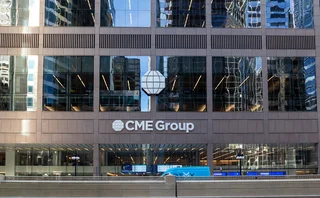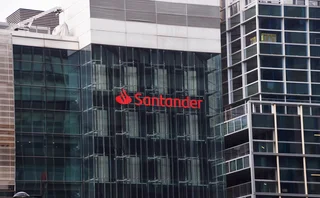
Asia Risk 15: Risk management practices transformed following crises
Local banks in Asia have made huge advances in the way they manage financial risks during the past 15 years. Many of the initial best practices came in the aftermath of the Asian Financial Crisis and more latterly with the implementation of Basel II. But there is still much work to be done. Harry Thompson reports
Many market-watchers point to the Asian Financial Crisis, which hit the region in July 1997, as the initiator for systematised risk management practices in Asia. Before then, “quantitative risk management was pretty much in its infancy anywhere in the world”, says Tham Ming Soong, head of risk management at UOB Group in Singapore. “We had the likes of JP Morgan coming up with the 4.15 report and its parametric approach to measuring risk – the initial stages of using the value-at-risk (VAR)
Only users who have a paid subscription or are part of a corporate subscription are able to print or copy content.
To access these options, along with all other subscription benefits, please contact info@risk.net or view our subscription options here: http://subscriptions.risk.net/subscribe
You are currently unable to print this content. Please contact info@risk.net to find out more.
You are currently unable to copy this content. Please contact info@risk.net to find out more.
Copyright Infopro Digital Limited. All rights reserved.
As outlined in our terms and conditions, https://www.infopro-digital.com/terms-and-conditions/subscriptions/ (point 2.4), printing is limited to a single copy.
If you would like to purchase additional rights please email info@risk.net
Copyright Infopro Digital Limited. All rights reserved.
You may share this content using our article tools. As outlined in our terms and conditions, https://www.infopro-digital.com/terms-and-conditions/subscriptions/ (clause 2.4), an Authorised User may only make one copy of the materials for their own personal use. You must also comply with the restrictions in clause 2.5.
If you would like to purchase additional rights please email info@risk.net
More on Risk management
For banks, change risk is inevitable; managing it, optional
Regional bank survey shows steady growth of dedicated change risk functions and adoption of leading indicators
Clearing members ponder the purpose of CME’s mystery FCM
Some think licence will be used to boost crypto clearing capacity, but many questions remain
Review of 2024: as markets took a breather, firms switched focus
In the absence of major crises and rules deadlines, financial firms revamped strategy, services and practices
As supplier risk grows, banks check their third-party guest lists
Dora forces rethink of KRI and appetite frameworks amid reappraisal of what constitutes a key counterparty
Dora flood pitches banks against vendors
Firms ask vendors for late addendums sometimes unrelated to resiliency, requiring renegotiation
Quant Finance Master’s Guide 2025
Risk.net’s guide to the world’s leading quant master’s programmes, with the top 25 schools ranked
Regionals built first-line defences pre-CrowdStrike
In-business risk teams vary in size and reporting lines, but outage fears are a constant
Op risk data: Santander in car crash of motor-finance fail
Also: Macquarie fined for fake metals trade flaws, Metro makes AML misses, and Invesco red-faced over greenwashing. Data by ORX News







